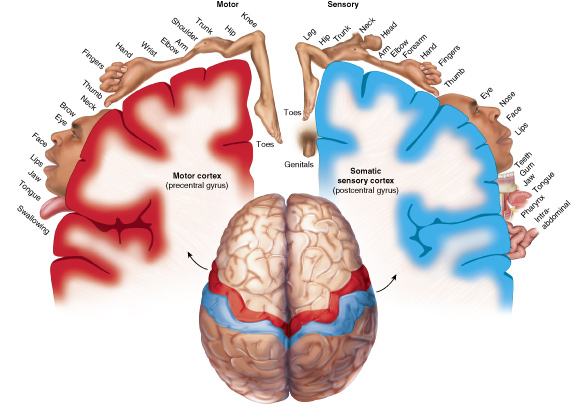Somatic Memory
Sun Silhouette Hand Touch Man Sunset Child
One of our previous blog post articles discussed whether fascia or musculature holds somatic memories of the body. This topic is important because many manual therapists have experienced that when they touch on a particular area of the client’s body during a therapeutic session, it provokes memories or traumatic events from the client’s life. Many manual therapists explain this phenomenon as memories, specifically somatic memories, being stored in fascia or musculature. However, literature overwhelmingly states that memory, including somatic memory, is in the nervous system, specifically the brain. This article explores how traumatic memories can be re-experienced based on the physical state of the client, including how these memories may be triggered when the client is touched.
Noa Logan Klein wrote a PhD Thesis titled “Loving Touch: Therapeutic Massage, the Socialization of the Body, and the Healing of US Culture” at UC Santa Barbara in 2010. One of the chapters of her thesis looked into the role of massage therapy in healing trauma.
State-Dependent Somatic Memory
Noa described that in psychology studies, memories of traumatic events, because of their high emotional charge, are more likely than ordinary memories to be “stored in a state-dependent fashion” as implicit somatic memories, meaning that they consist of sensation, affect, behaviour, or images that are difficult or impossible to verbalize, can be forgotten for long periods of time, and can also be quickly and vividly recalled given the appropriate state or stimulus. This can be referred to as state-dependent memory. When the state prompted by external stimuli matches the bodily state at the time of memory encoding, this evokes “state-dependent” recall, which can be involuntary and, in the case of traumatic memories, can be extremely disturbing.
This memory recall is also related to our experience, at one time or another of experienced state-dependent sensory-based memory recall triggered by a song, taste, or smell. Hearing a memorable song or smelling a familiar aroma can trigger strong emotions and sensations—somatic memories—associated with specific events in one’s life. The so-called state-dependent recall can also be triggered by bodily states such as physiological arousal (heart rate, breathing patterns), emotional states, and even physical postures.
Somatic Memories Re-Lived…

Motor homunculus and sensory homunculus of the brain. Permission Joseph E. Muscolino. Kinesiology – The Skeletal System and Muscle Function, 3ed (Elsevier, 2017).
Traumatic memories are often experienced as “relived” rather than remembered, which is why people experiencing them react as though they are re-experiencing the situations in which they were traumatized. When a traumatic memory is triggered, the somatosensory experience of the person reliving the memory can be powerful; the whole body “remembers” and replicates the sensations of the trauma, including sympathetic nervous system fight, flight, or freeze responses. The psychophysiological experience is of reliving the trauma, what we call a flashback. In this situation, the client often effectively dissociates from the present reality and is caught in the state of re-living the traumatic memory.
Whereas memories of ordinary events, even those containing somatosensory and emotional components, do not have the somatosensory texture and depth of flashbacks, making it much easier to remain connected to external stimuli and to experience being present in the moment while simultaneously feeling (remembered) sensations or emotions.
Massage as a Trigger for Somatic Memory
Massage and bodywork can trigger this state-dependent recall of the sensations and emotions of traumatic events, particularly if touch is itself a stimulus associated with the trauma. Manual therapists often refer to memory “locked in the tissue” and “released” when that part is worked on. In psychology, there is a parallel term that is referred to as trauma “locked into” the body.
Neuroscience
From neuroscience, a study found that the part of the brain that is in charge of processing our senses is also responsible, at least in part, for storing emotional memories. Another study showed that human brain can remember several touch sensations at the same time and consciously retrieve the touch if concentration is focused on these touches. The study found that new touch does not erase the memory of a previous touch from working memory. Rather, new and old tactile memories can persist independently of each another, once a person’s attention has registered the touches. The memory of different touches takes place in the frontal lobes.
Perhaps we should look further into psychological and neurological explanations of this “tissue memory” rather putting too much emphasis on supposed memories stored in the physical myofascial tissues themselves.
This blog post article was created in collaboration with www.terrarosa.com.au.
(Click here for the blog post article: Dr. Tasha Stanton Lecture: New Insights from Pain Neuroscience.)

